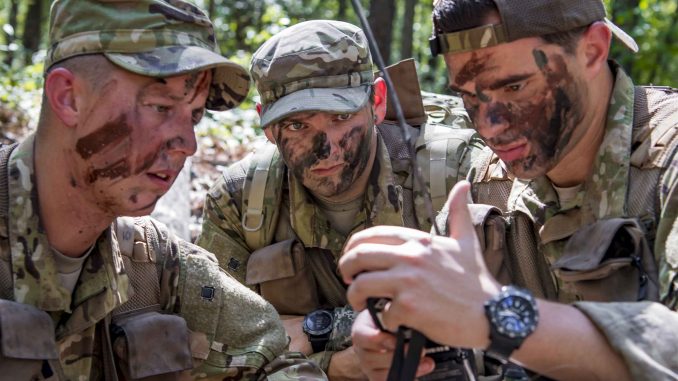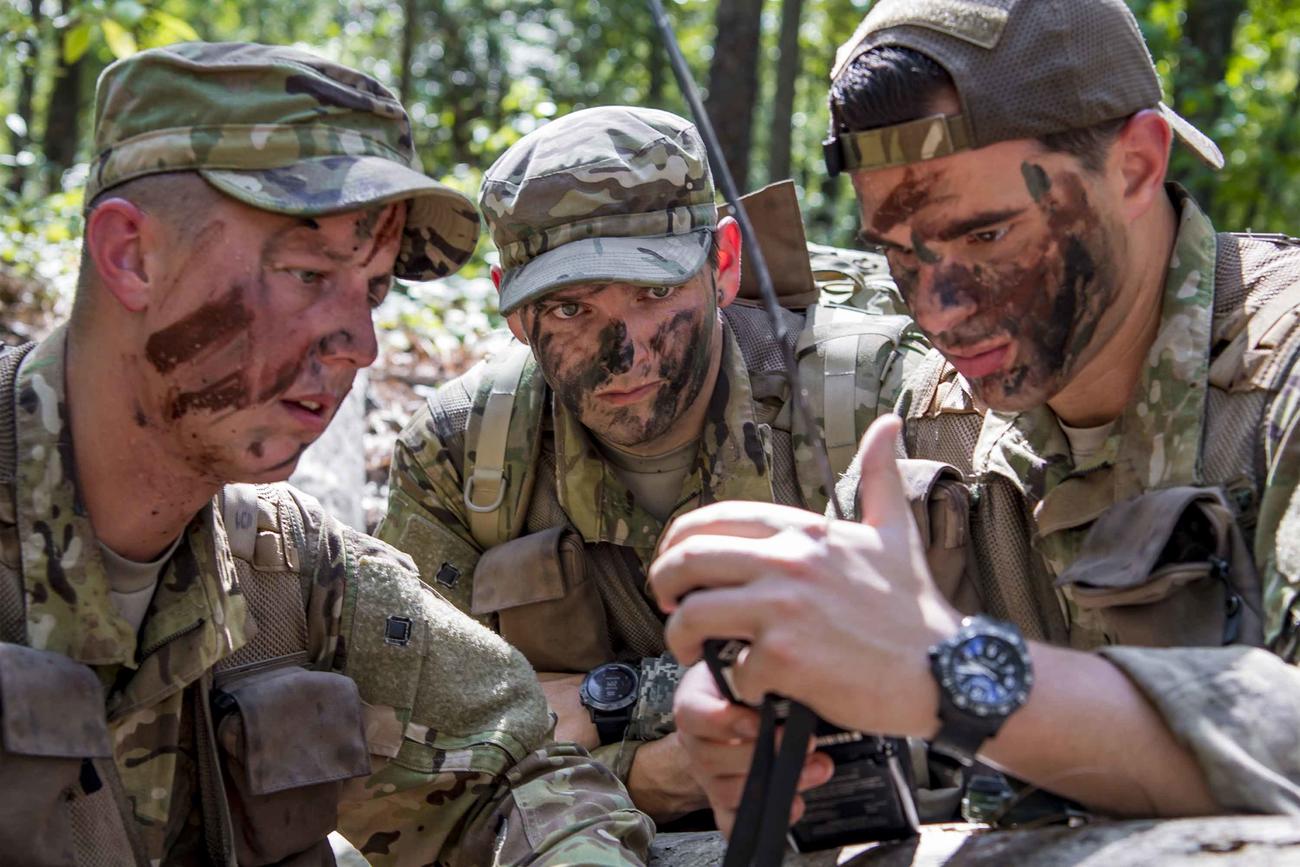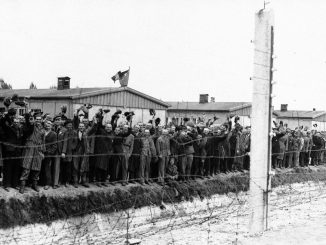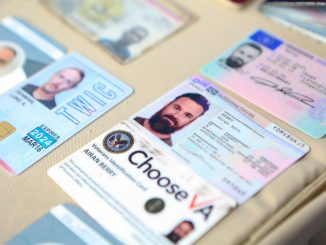

The U.S. Air Force‘s survival school is putting a new training model to the test during the novel coronavirus pandemic.
As its first step, the 336th Training Group at Fairchild Air Force Base, Washington, is now incorporating distance learning, shortening the training, according to Col. Carlos Brown, commander of the 336th.
“Because of the COVID situation, we’ve streamlined the training and so, from 26 days, we now have it as a 19-day course,” he said in an interview Tuesday.
Related: Air Force Shortens Recruit Training, Shifts to New Base Amid Pandemic
The group has whittled down its incoming class size from 88 students to just 40 as the service attempts to stave off the spread of COVID-19, Brown said. Incoming Survival, Evasion, Resistance and Escape school students must also spend 14 days in quarantine.
To make better use of their time, the school has decided to offer them study guides, workbooks and DVD lecture videos to get ahead of the 25 hours’ worth of classroom instruction. The distance learning also includes two or three dial-in conferences for students to interact with their instructors, Brown said.
Unlike SERE training conducted at operational units, aircrew members and special operations forces identified as being at high risk of capture come through this training, he said.
For the 26-day training curriculum, “it’s been a one-size-fits-all training pipeline for quite some time,” he explained.
In the full program, students typically begin the first four days in a classroom before heading out to the field to conduct a week of survival and evasion training, including “how to procure food, how to signal rescue forces, how to take care of yourself,” he said.
Brown said some “urban training” is mixed in, followed by classes in which students act as captives in a roleplay scenario in the “resistance lab.” Then, depending on their job description, airmen go on to their respective water training: emergency parachute, non-parachute or underwater egress.
Because the base wants to limit travel between locations to help prevent the spread of the virus, students in the 19-day model visit the resistance lab training before heading into the wilderness, Brown explained.
“What we found there is … when the students get to the field portion, they’re paying a lot more attention to the field craft because, in a real-world situation, they know they don’t want to have to experience being held captive,” he said.
Brown emphasized that the new program is still coming together. The hope is to eventually put the distance learning onto an online website or management system, such as Blackboard.
“The curriculum absolutely will not change; they’ll still get the same quality of training. I don’t know physically what it’s gonna look like, because we haven’t hung it on a specific website yet, but we’re gonna get there,” he said.
But the group, under the 19th Air Force, is planning ahead. Brown said officials are looking to categorize students efficiently based on their career fields into separate courses, of different lengths.
“Fighter pilots, bomber pilots, combat search-and-rescue forces, special operations forces, those are the folks … that are going to be outside the wire in a combat environment and have a greater propensity to … be captured and will need a higher level of training,” he said, describing a higher-tier course.
One course variant may apply to tactical airlift pilots and aircrew; another, for those who support opening up an airfield, for example.
“Instead of everybody going through a 19-day course, based on the assessment of their probability of capture, they may need a shorter course. Again, nothing’s being reduced as far as quality, they just may not need, you know, field training, for example,” Brown said.
Over the next 120 days, officials are working with Air Force headquarters to bring the idea to fruition with the right approvals, he said. The school trains roughly 4,100 troops each year.
Despite the virus-related slowdown at Air Force training centers across the country, Brown said he has not seen any immediate readiness impacts with respect to SERE. At least not yet.
“If this was to go for an extended period of time, then you’re just having a larger backlog,” he said. “There is no readiness issue right now.”
— Oriana Pawlyk can be reached at oriana.pawlyk@military.com. Follow her on Twitter at @Oriana0214.
Read more: Army Wants Uniform Accessory That Can ID Friendlies But Stay Invisible to the Enemy
© Copyright 2020 Military.com. All rights reserved. This material may not be published, broadcast, rewritten or redistributed.






Be the first to comment